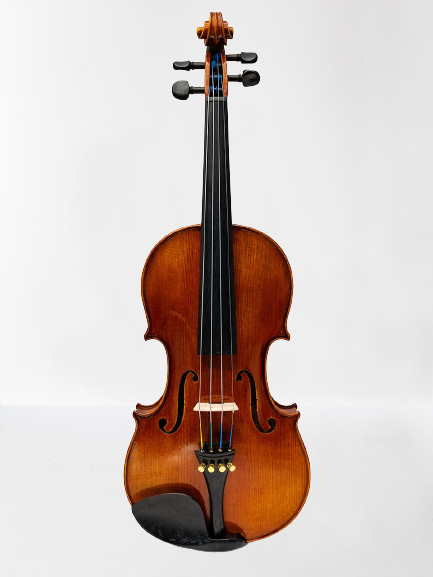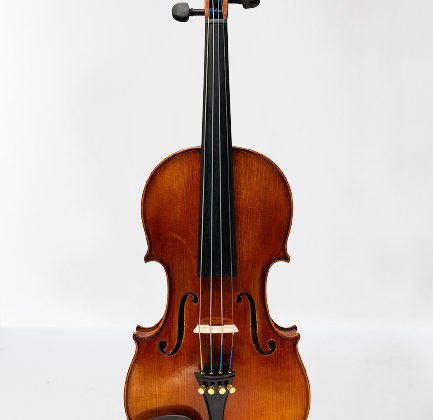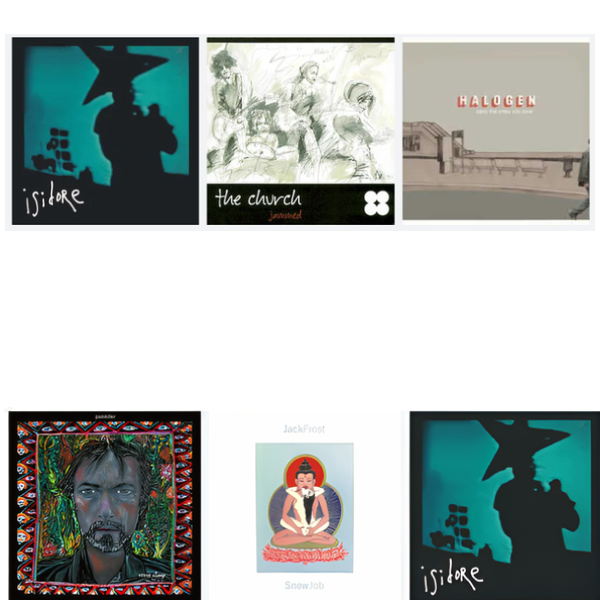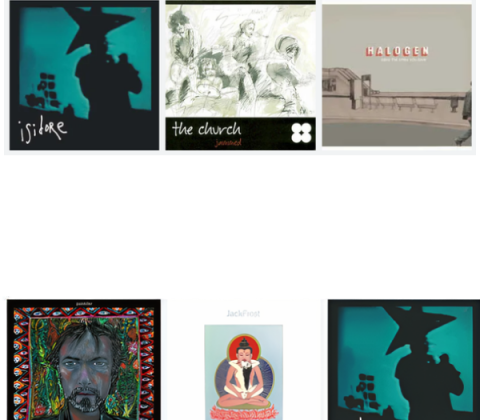Posts in Category: Main


What Is a Fiddle?

A fiddle is a bowed string musical instrument. It is commonly played with the violin, but other instruments can be used. It is also a popular instrument in classical music, although many people play the fiddle in a wide variety of genres.
Common fiddle tunes of the United States
Fiddle music is a common element of American folk music. These rhythmic country tunes are a great way for relaxation, and they can be interpreted and improvised. These musical traditions are a reflection on oral tradition.
As America’s population exploded in the nineteenth century, a variety of musical traditions, including fiddle music, began to emerge. The British Isles influenced local rural dance fiddling in the north, while immigrants from the south brought new styles and melodies to the United States. Bluegrass is a blend of Appalachian fiddle music with African-American music.
In the late 19th and early 20th centuries, young urban musicians began to develop a fascination with old-time music. These early recordings were the inspiration for bluegrass bands. These early recordings are still a common source of material for modern fiddle players.
Fiddle tunes in the United States are often played in a variety keys. The most common are G, Eb, and B. The two parts of a fiddle tune usually consist of A, B, and D. The B part can be either a higher note or lower.
Styles of fiddling
There are many different styles of fiddling. Some of them are difficult and take a long time to learn. However, learning one style can help you understand the others. It can also be a way to explore the cultures of the world.
The Metis style is a unique combination of European styles and Plains Indian music. It can be found in both the United States and Canada. The French-Canadian style is also very similar to French dance tunes.
Jam sessions are the most popular way to learn fiddle. This is a good way to practice and get feedback from others. This can also be a great way to find the style you love.
When learning to play fiddle, it’s important to keep a music notebook. Make notes on every tune you learn. This way you can recall them when you need them. To catch subtle rhythm changes, you should listen to the music frequently.
Musicians cross the violin/fiddle boundary
There is a lot that crosses the boundaries between violin and fiddle communities. Players of extraordinary technical skill are busy crossing the boundaries between the two. It’s still a small group. To truly succeed, a player must have a passion for exploration.
A skilled fiddler’s playing style is organic and spontaneous. Their skill in melody is apparent in the subtle variety of bowing.
Fiddles are popular in many other music styles, including country music. Irish fiddles, for example, use steel strings. These strings have a sharper and brighter sound. They also tend to stay in tune longer.
Fiddler’s music is often faster than that of a violin. Typically, the fiddle is played in accompaniment to singers. A fiddle requires skill in rhythm and melody, which is not the case with the violin. Unlike other string instruments, fiddles can be played in a free form style. They typically use triple stops and extended double stops.
The New Grove Dictionary of Music and Musicians defines the fiddle as “an instrument, the shape of which is derived from the violin, which is used in musical compositions and which is played in accompaniment to singers”. It is a generic term for many other types of stringed instruments, including the goge, which is a stringed instrument with an exotic skin covering.
Take care of your fiddle leaffig
If you are new to fiddle leaf fig care, it can be daunting. These tropical plants are easy to grow, but they need to be maintained to avoid getting sick.
The most important thing to remember is that they need plenty of light and humidity. The best place to plant them is in a sunny location, especially near an east-facing window. They should also be away from air vents and cold windows.
These plants should be repotted each year. Make sure that they are in a container that allows for drainage. Leaving them in a pot with no drainage holes can lead to root rot.
First, trim any excess growth. You can use a pair of pruning scissors to cut off branches that are more than an inch long. This will maintain symmetry and improve plant health.
To maintain humidity, you can mist your plant frequently. To do this, you can use a sprayer. https://www.youtube.com/embed/gUuCUyzbvt4


Karmic Hit Records, A Review
Top Hits of the Date , A Review
1.Painkiller – Steve Kilbey
Painkiller is a powerful, immediate, lyrically intoxicating and musically loose and rocking. You can switch between delicate, psychedelic pop songs and radiotronic space-rock beasts. It breaks down song structures and stretches your mind with swirling highs, and long comedowns. It is a masterpiece. The pump of sex and the swooning of drugs, the struggle of men, a solution for a world that is in pain.
2.Snow Job Jack Frost
The section “Highly overlooked” is Jack Frost’s Snow Job in the history of music as it was written by us. It was almost ignored by the press. Radio was also a victim of the same fate. It was an unusual situation they were not prepared to face, and it was different from other records made at the time. The first Jack Frost album explored styles and influences. Snow Job is all about the actual task at hand.
3.Isidore – Isidore
Steve Kilbey, of the Church, has been involved in many side projects over the years. It was not surprising that he appeared on another project in 2004. The best thing about Isidore is the nature of the collaboration. Instead of singing, he does only vocals and leaves the rest to his partner in duo. Remy Zero would be Jeffrey Cain.
Isidore’s music is still rich and textured post-everything rock and roll, with more than a few nods towards psychedelia. Cain’s hip-hop beats, keyboards and guitars recall the great work of the Durutti Column and the Cocteau Twins (especially circa LC), as well as the descending glam rock chords that provided support for Kilbey in his youth. Songs such as “Saltwater” or the uneasy “Ghosting”, show Cain’s music at its finest, richly layered and always aiming for a moody atmosphere.
4.Jammed – The Church
Label: The Church Self-released Label – None
Format CD
Australia Country
Publication Date: August 30, 2004
Genre: Rock
Style: Alternative Rock, Psychedelic Rock
Halogen – Save the Loved Ones
These are the top hits from the albums
Songs
1 Until the End
2 on a Bridge
3 Caught Me
4 Fears and Hopes
Kurz bio
1993 was the year of its foundation
Artists John Kilbey and Steve Kilbey. Russell Kilbey
Sydney, NSW, Australia
Sector Bondi Beach, NSW, Australia
Distributors MGM Distribution, 2026


